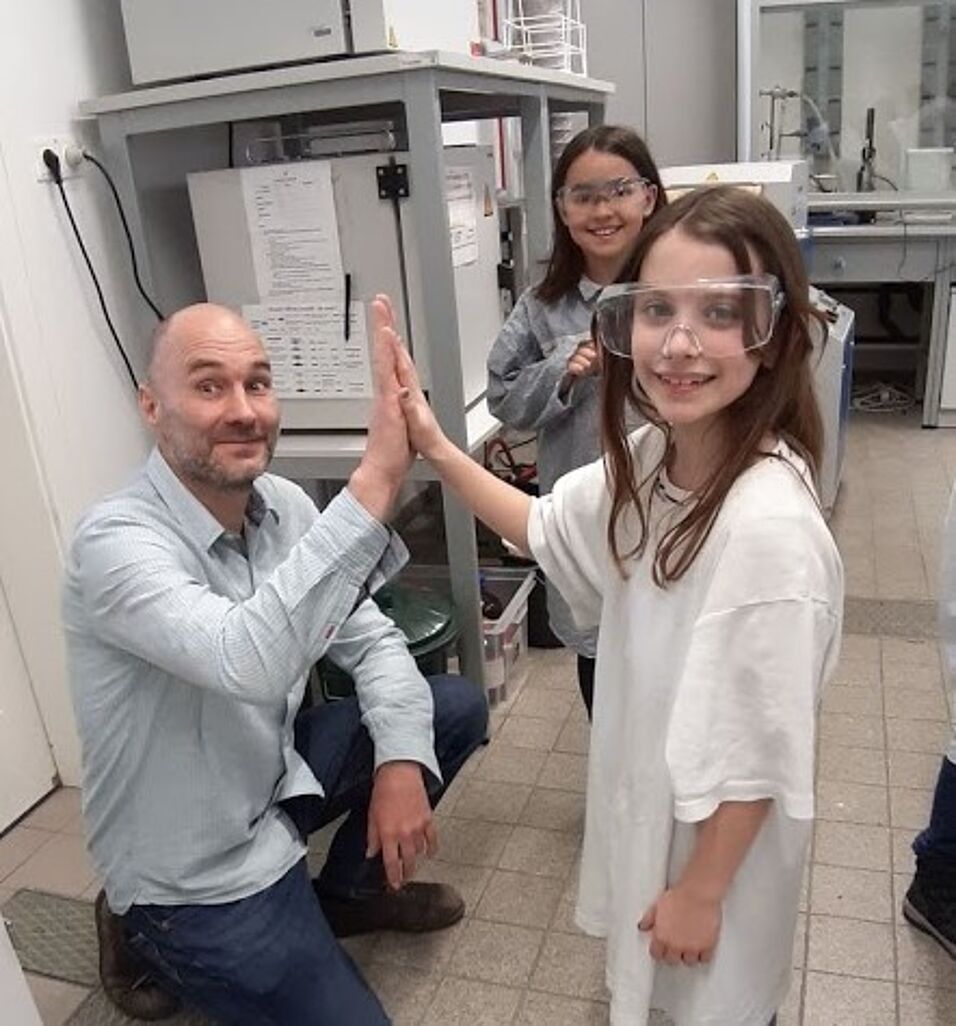What is a carbon fibre? What can you do with it? Why is it a very interesting material? That was what I presented to the kids. However, I had to explain it in very simple terms and in an entertaining way.
I explained to them that carbon fibres are being used in many transportation industries. The combination of light weight and high strength makes it very interesting for the future of mobility. Nevertheless, carbon fibres are used for many other purposes too, for instance for technical clothes, bikes, skis, musical instruments, fishing rods, etc. After this short introduction I handed them small composites samples and ask if they could break it; of course, they could not. That is where the trickiest question was asked: “Can Hulk break it?”. Well, probably he could. Afterwards, I showed them a composite pipe, let them weight it and asked them if it would shatter if thrown to the ground. Again, it did not, but it made enough noise to wake them up.
Furthermore, mechanical properties are not the only reason why carbon fibres are interesting. The electric properties are also impressive. To illustrate this in a playful way I set up an Edison bulb experiment. By connecting carbon fibres to a power supply, I could make them glow. It gave the opportunity to talk about the possibilities offered by carbon fibres for electrical purposes, such as composite batteries.
Some kids had a very good intuition about materials science, others were asking question about everything that they were seeing in the laboratory. Overall, they mostly seemed interested in the presentations.
This day showed the importance of outreach events in research. First, the attendees get some knowledge and might start to be interested in science. They also see that scientific research is done by all kind of people and not only, like the cliché suggests, alienated intellectuals hiding in gloomy laboratories. It connects the people to the research which is important during days when people start to believe many fake news diffused by pseudo-scientist (e.g. about vaccine, climate change, etc). Second, the scientists must find suitable words and ways of explanation for the audience they are addressing. They are forced to step back and simplify as much as needed. This applies even more when talking to kids.
Let’s hope they went back home with a few ideas about what they were shown this day and that it may have awaken new scientific spirits.

